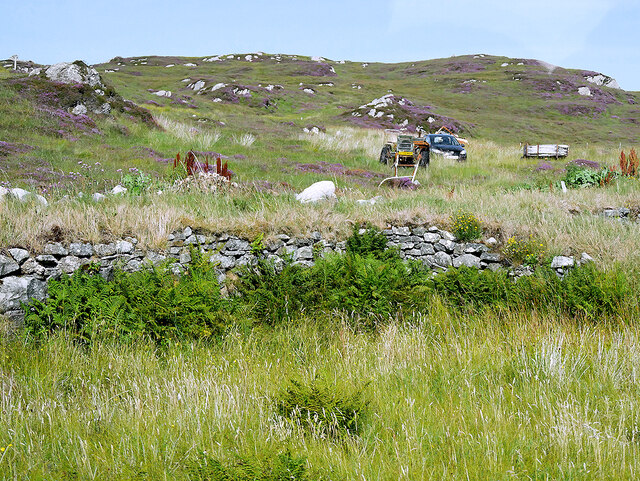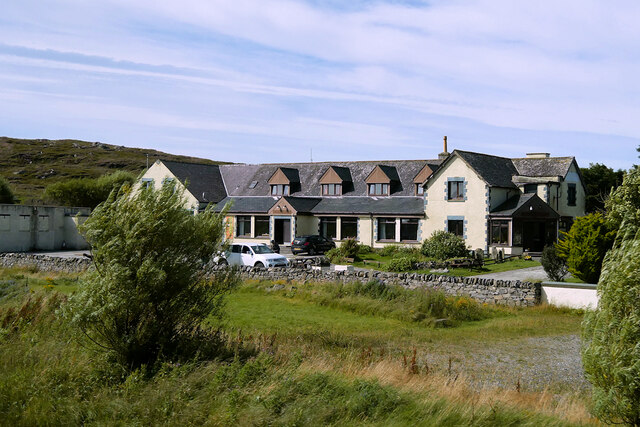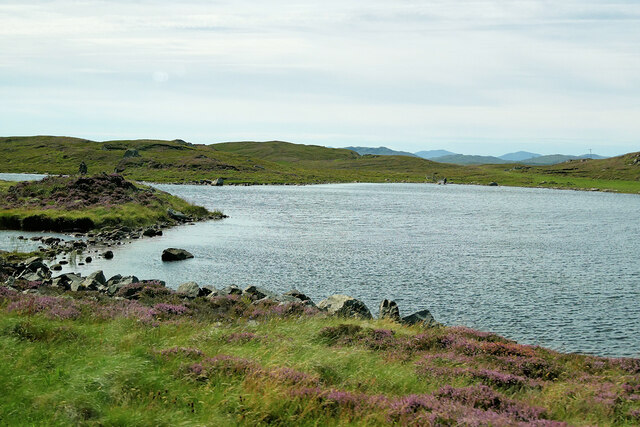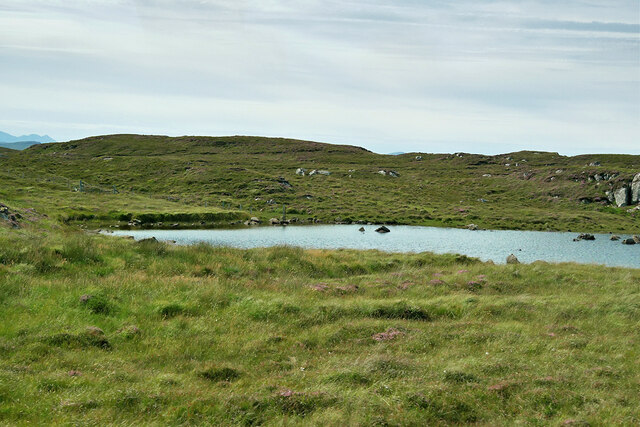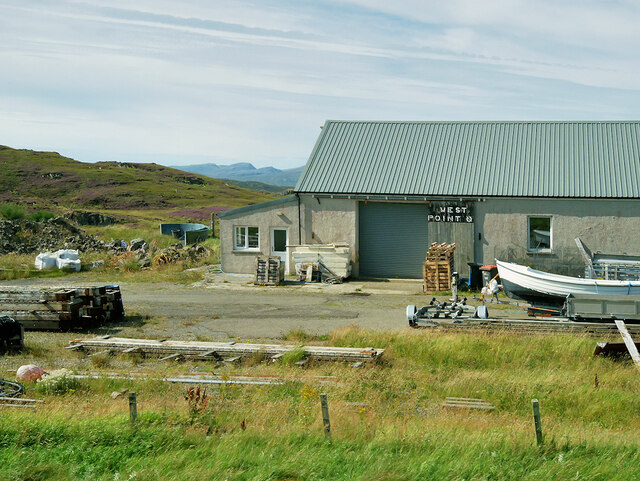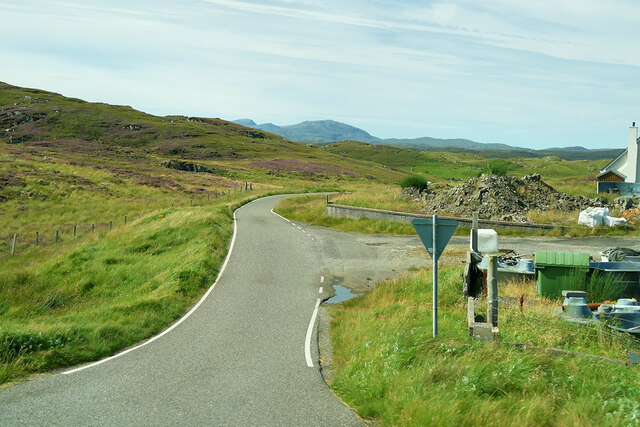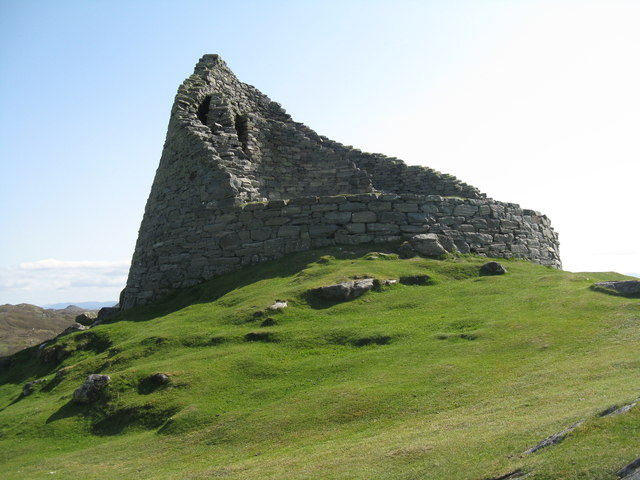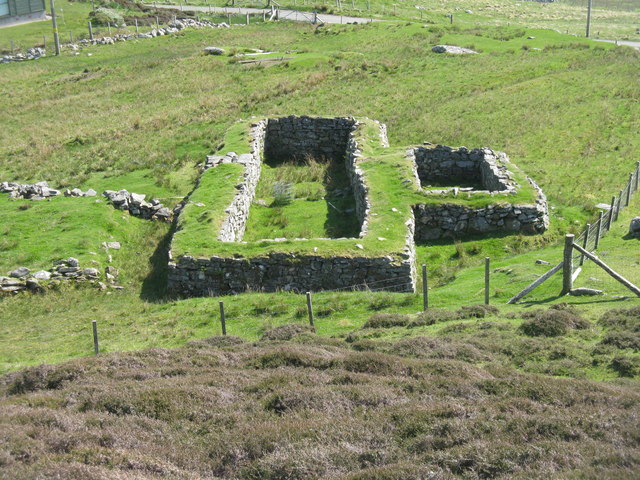Druim Teanraigir
Coastal Feature, Headland, Point in Ross-shire
Scotland
Druim Teanraigir
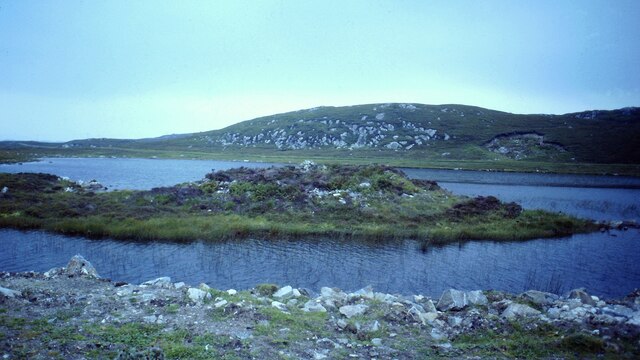
Druim Teanraigir is a prominent headland located in Ross-shire, Scotland. Situated along the rugged coastline, this coastal feature offers breathtaking views of the surrounding landscape and the vast expanse of the North Sea.
The headland is characterized by its towering cliffs, which provide a dramatic backdrop to the crashing waves below. These cliffs are composed of ancient sandstone and limestone, displaying layers of sedimentary rock that have been shaped by the relentless force of the sea over millions of years.
Druim Teanraigir is known for its diverse and abundant wildlife. The headland provides a sanctuary for numerous seabirds, including gannets, puffins, and fulmars. Visitors can often spot these birds nesting and diving into the sea to catch fish. The surrounding waters are also home to seals, dolphins, and occasionally even whales, making it a popular spot for wildlife enthusiasts.
The headland is easily accessible to visitors, with a well-maintained walking trail that leads to the viewpoint at the edge of the cliffs. From here, one can marvel at the panoramic vistas, taking in the rugged coastline, the distant mountain ranges, and the ever-changing colors of the sea.
Druim Teanraigir is not only a place of natural beauty but also holds historical significance. The headland is dotted with ancient ruins, including the remnants of an Iron Age fort and a Viking burial ground. These archaeological sites provide a glimpse into the rich history of the area and offer an opportunity for exploration and learning.
In conclusion, Druim Teanraigir is a captivating headland in Ross-shire, Scotland, offering stunning coastal views, a diverse array of wildlife, and a fascinating historical past. It is a must-visit destination for nature lovers, history enthusiasts, and anyone seeking a tranquil escape by the sea.
If you have any feedback on the listing, please let us know in the comments section below.
Druim Teanraigir Images
Images are sourced within 2km of 58.251871/-6.79792 or Grid Reference NB1839. Thanks to Geograph Open Source API. All images are credited.
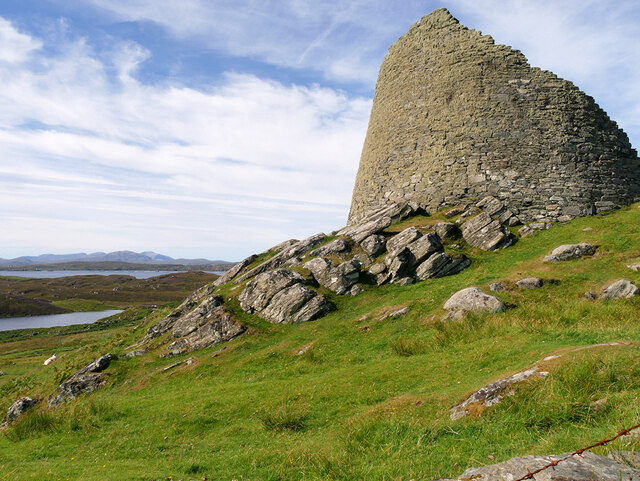
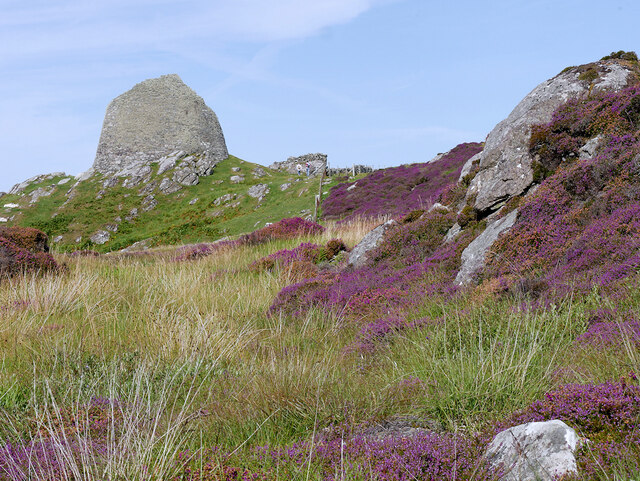
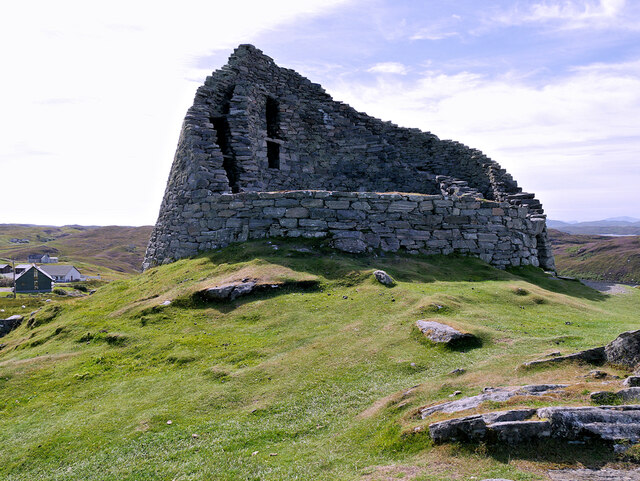
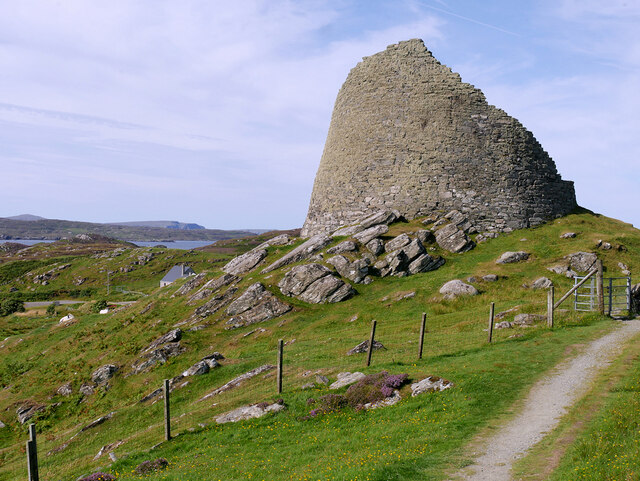
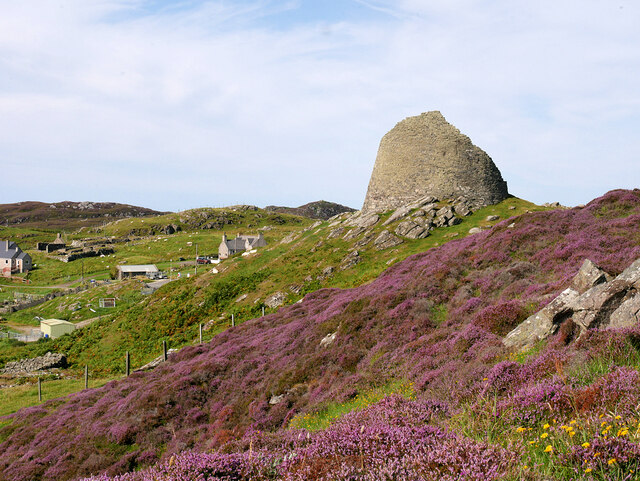
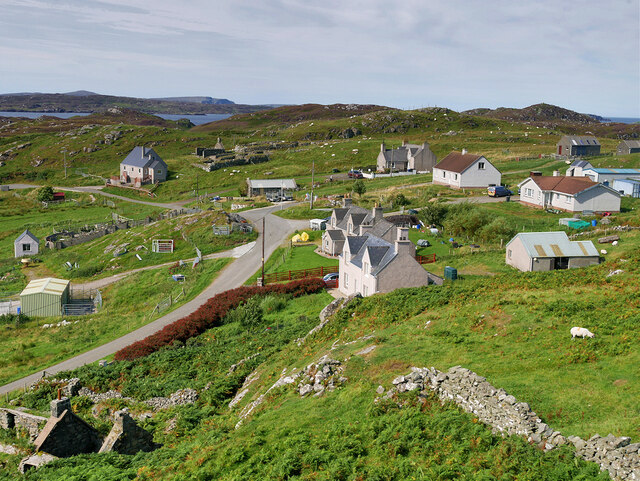
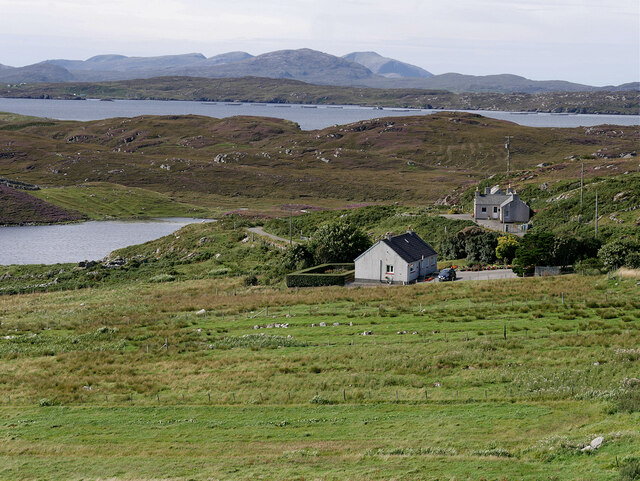
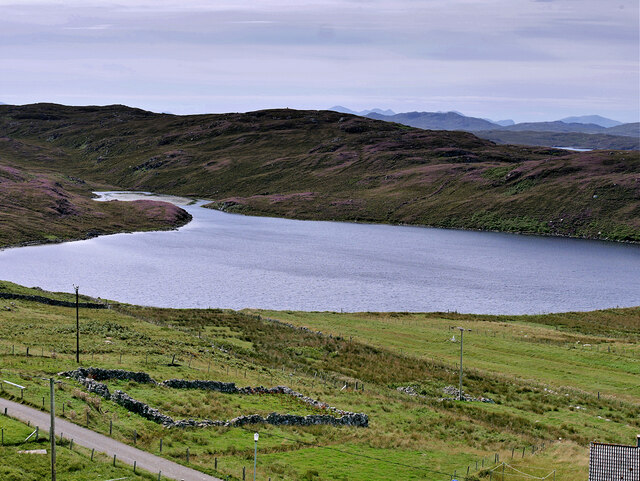
Druim Teanraigir is located at Grid Ref: NB1839 (Lat: 58.251871, Lng: -6.79792)
Unitary Authority: Na h-Eileanan an Iar
Police Authority: Highlands and Islands
What 3 Words
///doll.introduce.vowel. Near Carloway, Na h-Eileanan Siar
Related Wikis
Tolsta Chaolais
Tolsta Chaolais (also Tolastadh Chaolais, Tolstadh a' Chaolais) is a village on the Isle of Lewis, Scotland. It consists of about forty houses, clustered...
Dun Carloway
Dun Carloway (Scottish Gaelic: Dùn Chàrlabhaigh) is a broch situated in the district of Carloway, on the west coast of the Isle of Lewis, Scotland (grid...
Borrowston, Lewis
Borrowston (Scottish Gaelic: Borghastan), with a population of about 50, is a crofting township situated on the Isle of Lewis, on the Outer Hebrides of...
Breaclete
Breacleit (or Roulanish; Scottish Gaelic: Breacleit; Old Norse: Breiðiklettr) is the central village on Great Bernera in the Outer Hebrides, Scotland....
Nearby Amenities
Located within 500m of 58.251871,-6.79792Have you been to Druim Teanraigir?
Leave your review of Druim Teanraigir below (or comments, questions and feedback).
